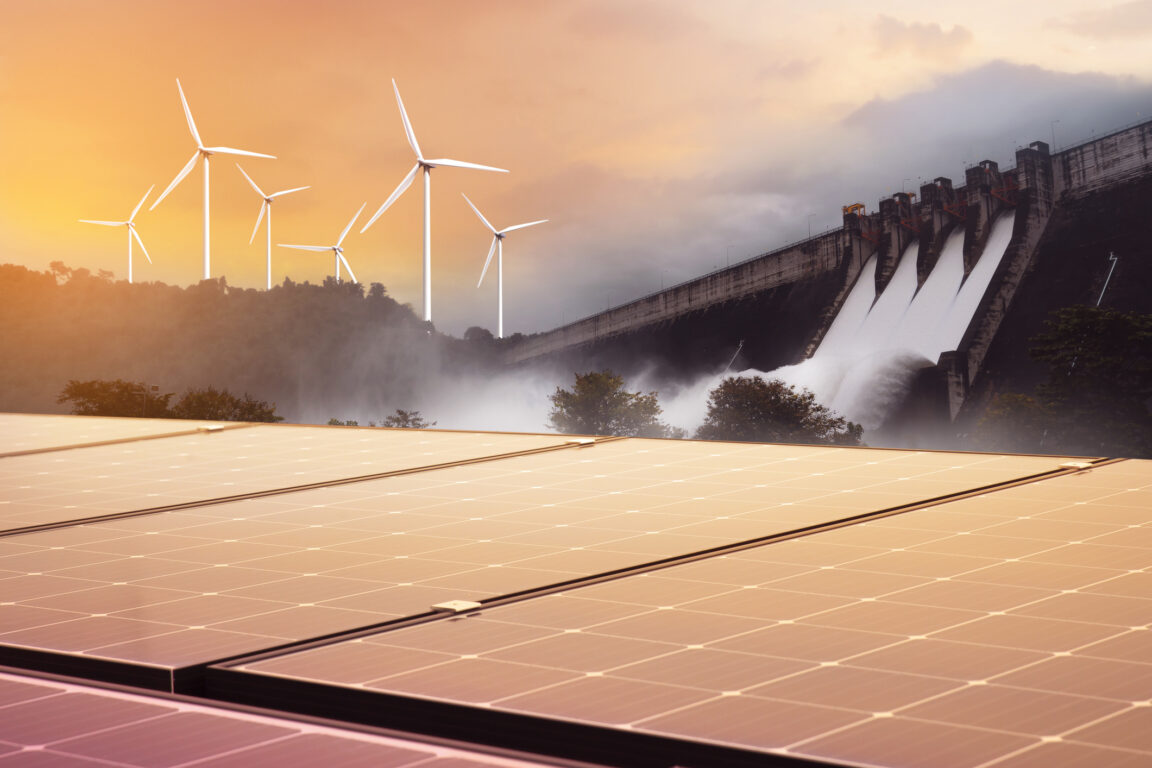What next for Kenya sustainability initiatives: Kenya-UAE partnership

Recently, Abu Dhabi, UAE, hosted several global conferences, including the Energy and Climate Change Summit. President William Ruto was among the various Heads of State who attended the summit. The theme for this year’s Abu Dhabi Sustainability Week summit was “The Nexus of Next. Supercharging Sustainable Progress”. The Summit sought to explore the connection between human creativity and advanced technologies such as artificial intelligence (AI) in delivering a resilient future. “The Nexus of Next” seeks to explore sustainable AI-led solutions in three areas: energy, economy, and environment.
Kenya benefits from renewable energy resources, such as geothermal and hydropower. The country is also a champion of addressing climate change and advocating for the role of Africa in providing solutions. The Summit discussed the importance of clean energy in trade and efforts to reduce businesses’ carbon footprint. Kenya stands to benefit from global clean energy investment following its ambitious target of 100% clean energy on its grid by 2030, 100% clean cooking by 2028 and net zero by 2050.
The Summit presented an opportunity for Kenya to attract investment from other countries, especially those big on innovation, such as the UAE, in harnessing economic transformation in the clean energy era. President Ruto, during the visit, held bilateral talks with the President of UAE, His Highness Sheikh Mohamed bin Zayed Al Nahyan, which culminated in the signing of the first economic trade agreement between the two countries. Kenya’s Ministry of Foreign and Diaspora Affairs reported that the Comprehensive Economic Partnership Agreement (CEPA) highlights both countries’ commitment towards green economy and sustainability. In the statement, the Ministry reports that the two countries have agreed to promote clean technologies and environmentally responsible practices to ensure sustainable economic progress.
The UAE, for instance, has two of the world’s largest solar plants, including the Noor Abu Dhabi Solar Park, which reduces the country’s carbon footprint by one million metric tonnes per year, and the Mohammed bin Rashid Al Maktoum Solar Park in Dubai, with a planned capacity of 5,000MW by 2030. While the UAE introduced wind power to its electricity grid, Kenya has been struggling with its geothermal and wind power energy resources – in the evenings, surpluses are not dispatched despite the huge demand in the electricity grid at peak hours in the evening. UAE investing in clean energy technologies will greatly benefit Kenya in enhancing its renewable energy resources. Innovative solutions such as energy storage systems for surplus energy generated but not dispatched will harness the momentum of achieving set clean energy targets.
President Ruto also took the opportunity to explore a partnership agreement with the UAE to extend the Standard Gauge Railway (SGR) to connect Kenya, Uganda, and South Sudan.
In 2018, Kenya, through KETRACO, entered into an agreement with a Chinese company to convert the railway line from diesel-powered to electric-powered. This conversion was on lines running through Uganda; however, from the potential partnership agreements with UAE, it may be deemed that the deal with the Chinese company was never implemented. Transport is one of the major contributors to carbon footprint, and as such, should the investment from UAE in the SGR project be finalised and implemented, it will significantly spearhead the country’s sustainability initiatives.
In conclusion, Kenya stands to potentially gain greatly in clean energy, economically and environmentally, from this landmark partnership agreement. The challenge that remains is ensuring the implementation of the various initiatives and effective technology transfer.

